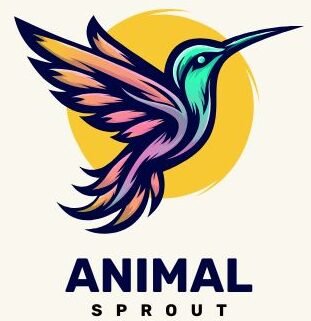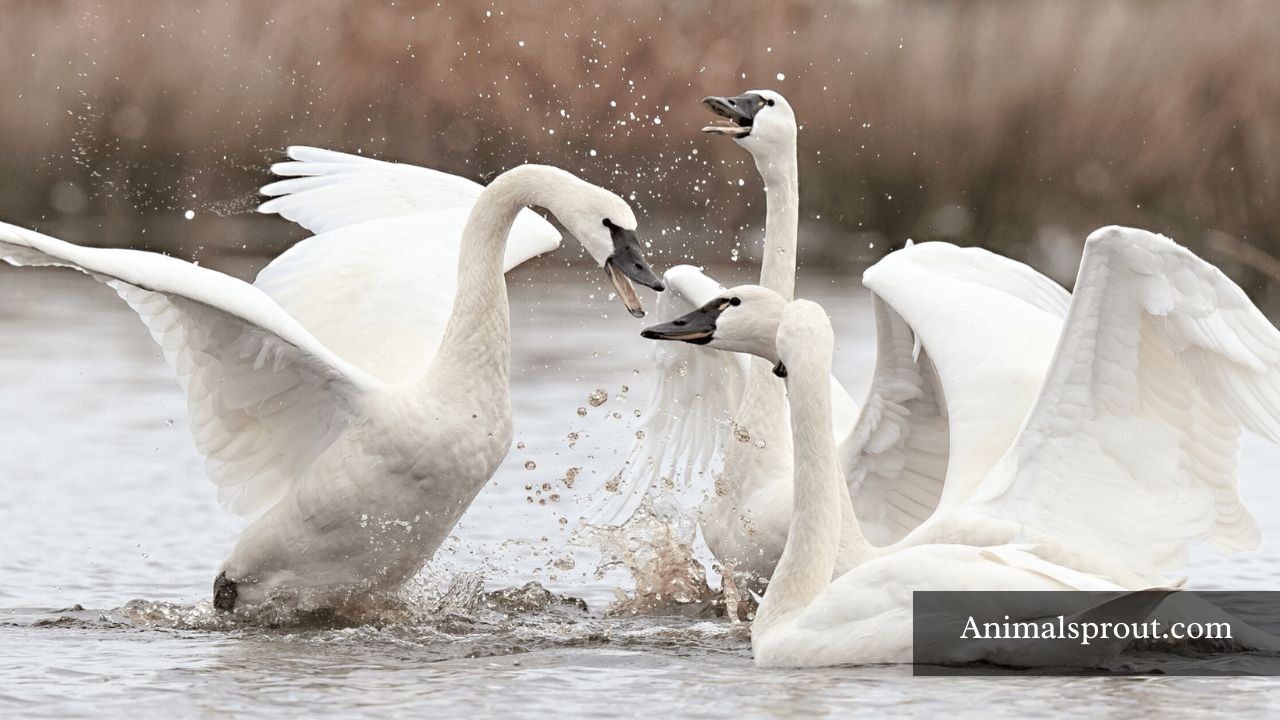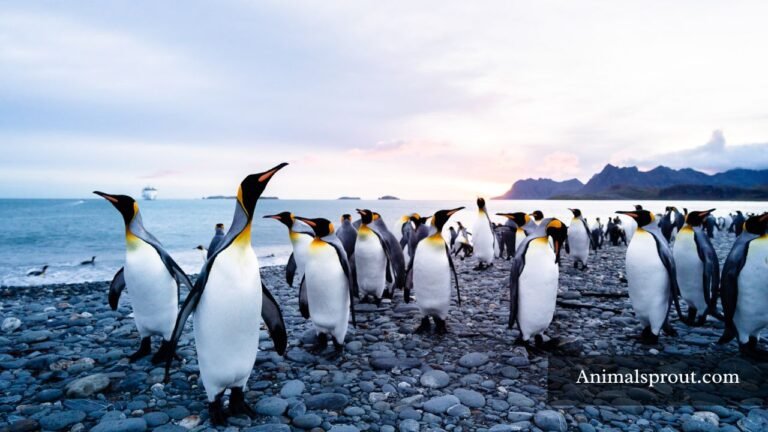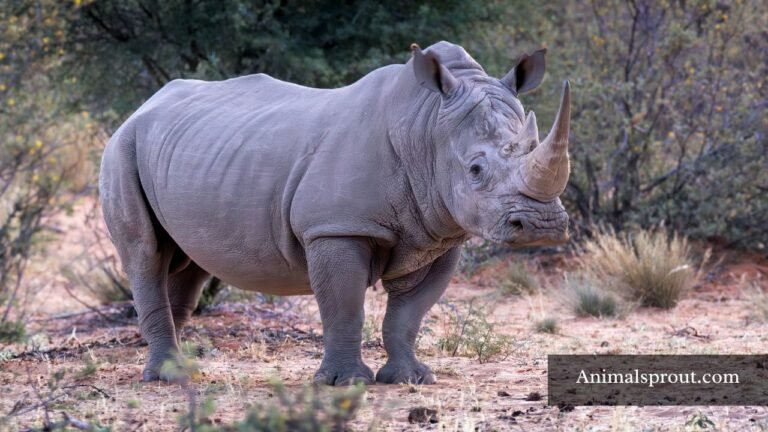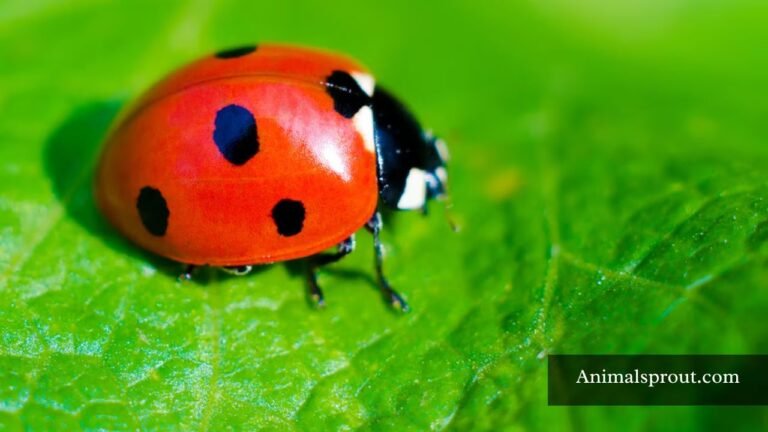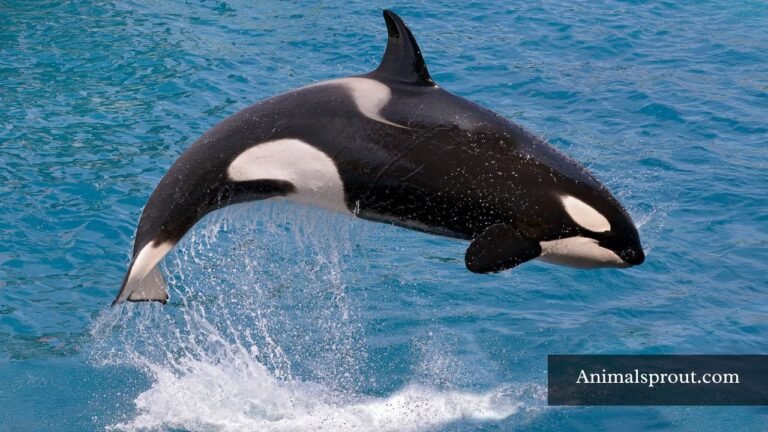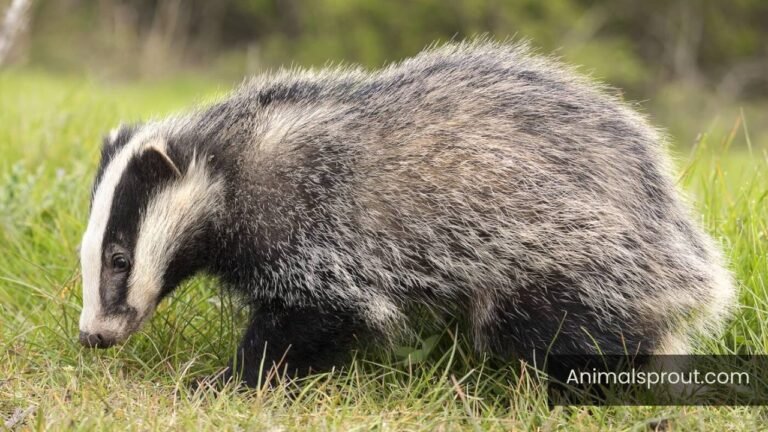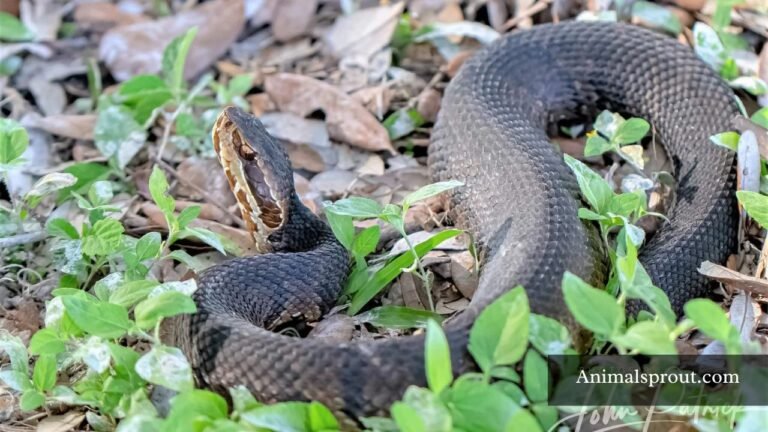Explore Top 15 Animals That Waddle (With Images)
Did you know that some of the most beloved animals on the planet move with a distinctive waddle? From the playful penguin to the quirky duck, animals that waddle are not only entertaining to watch but also play vital roles in their environments. This article delves into the biology and behavior of these charming creatures, shedding light on why their movements are both functional and fascinating. Join us to discover what makes waddlers special and why they deserve our admiration.
List of Animals That Waddle
Below is the list of animals that waddle:
| Number of Animals | Names of Animals That Waddle |
| 1 | Ducks |
| 2 | Geese |
| 3 | Pigeons |
| 4 | Cormorants |
| 5 | Turtle |
| 6 | Dachshunds |
| 7 | Polar Bear |
| 8 | Penguins |
| 9 | English Bulldogs |
| 10 | Swans |
| 11 | Chicken |
| 12 | Pomeranians |
| 13 | Seals |
| 14 | Pembroke Welsh Corgis |
| 15 | Walrus |
Ducks
Scientific Name: Anas platyrhynchos
Class: Aves
Diet: Omnivore
Ducks are fascinating creatures, often underestimated beyond their waddling charm. Their ability to navigate both land and water showcases a remarkable adaptability. These birds possess a unique structure in their webbed feet, allowing them to paddle effortlessly through aquatic environments while maintaining a sturdy grip on varied terrains. This duality in movement not only aids in survival but also enriches their social interactions, as they engage in play and courtship both on the ground and in their preferred lakes and rivers.
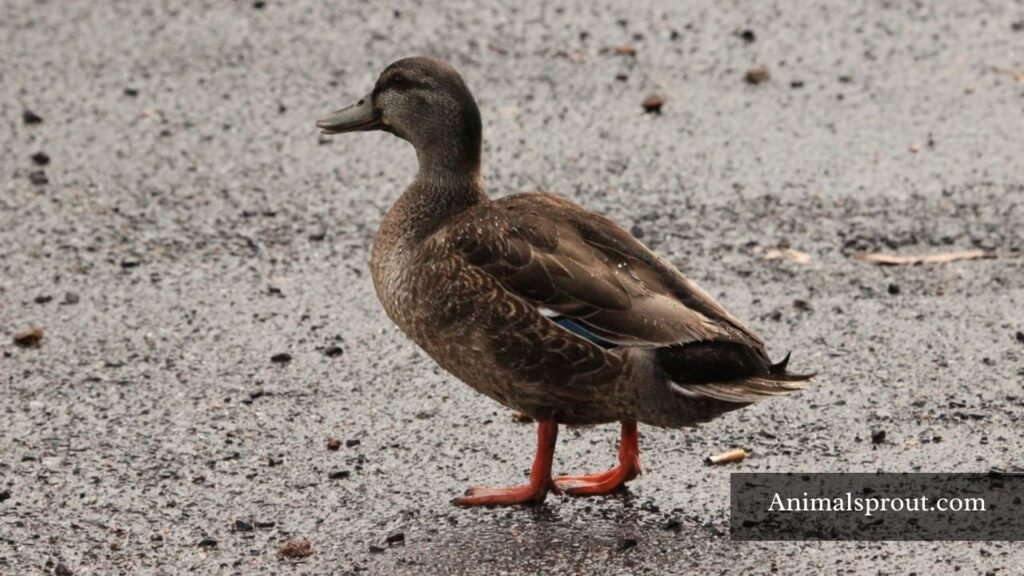
Beyond their physical traits, ducks exhibit complex behaviors that reveal their intelligence. They have diverse vocalizations, from quacks to whistles, each serving distinct purposes in communication. Some species even demonstrate problem-solving skills, using tools like stones to access food in hard-to-reach places. This resourcefulness speaks volumes about their cognitive abilities, inviting us to view these seemingly simple animals through a more nuanced lens. As we observe their waddling gait and playful antics, it’s essential to appreciate the intricate lives they lead, shaped by instinct and a surprising level of intelligence.
Geese
Scientific Name: Anser anser
Class: Aves
Diet: Herbivore
Geese, with their unmistakable waddle, exude an energy that’s both comical and endearing. Their distinct gait is not just a quirky characteristic; it’s a testament to their anatomy. The low center of gravity, combined with their heavy bodies and webbed feet, results in this charming shuffle that often brings smiles to onlookers. But there’s more to their waddling than mere aesthetics; it plays a crucial role in their survival. This unique movement enables them to navigate various terrains with ease, whether it’s marshy wetlands or grassy fields.
In addition to their waddling, geese are fascinating for their social behaviors. They form strong bonds within their flocks, and their honking communication is an essential part of their social structure. Each call can convey a range of emotions, from warning of danger to expressing contentment. Observing these birds interact reveals a complex society, where teamwork in foraging and migrating enhances their survival. Watching a gaggle of geese chase after one another, waddling with all the authority of a tiny army, challenges our perceptions of grace in nature — showing us that beauty comes in all forms, even in the most waddlesome of creatures.
Pigeons
Scientific Name: Columba livia
Class: Aves
Diet: Granivore
Pigeons, often overlooked as mere city dwellers, bring a striking elegance to the art of waddling. Their unique gait, characterized by a slight bob of the head and a shuffling motion, transforms a mundane stroll into a ballet of beauty. This distinctive movement isn’t just for show; it plays a vital role in their vision. By bobbing their heads, pigeons stabilize their view of the world, allowing them to perceive their surroundings with remarkable precision.
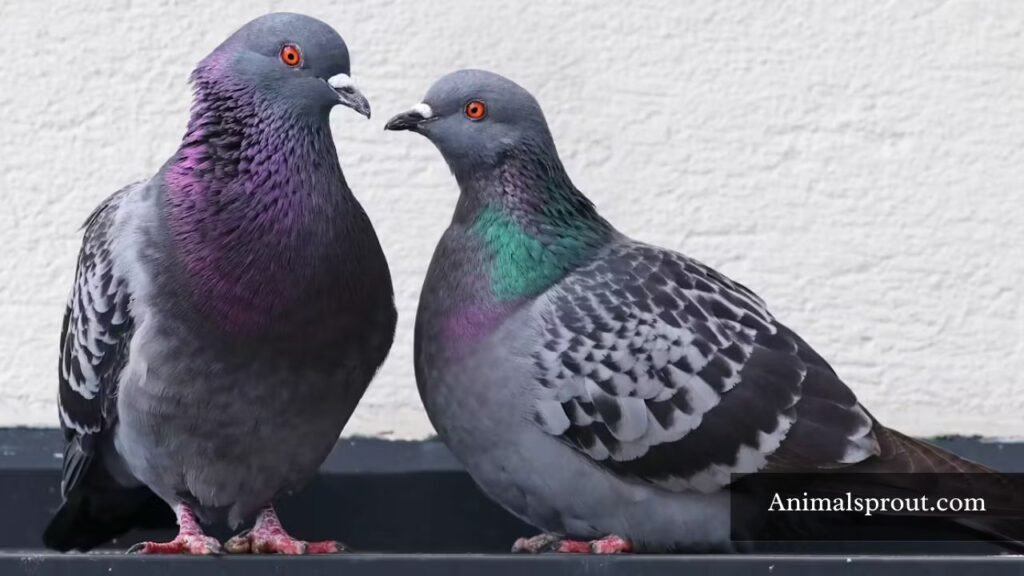
Beyond their physicality, pigeons have a fascinating social structure that complements their waddling charm. These birds are incredibly intelligent, forming strong bonds and demonstrating problem-solving skills that rival those of some primates. When you observe them waddling in a flock, it’s a dance of communication and cooperation, showcasing the intricate social dynamics at play. Their ability to navigate urban landscapes and find food is a testament to their adaptability, making each waddling journey not just a search for sustenance but also a display of resilience and community spirit.
Cormorants
Scientific Name: Phalacrocorax carbo
Class: Aves
Diet: Carnivore
Cormorants, often seen perched on rocky shorelines or gliding gracefully across water, boast a unique waddling gait that is surprisingly charming. With their sleek, elongated bodies and striking plumage, these aquatic birds possess an elegance that contrasts with their somewhat clumsy terrestrial movements. When on land, cormorants shuffle about with an endearing awkwardness, their webbed feet making for a peculiar but captivating sight. This waddling action, a result of their body structure, emphasizes their adaptations as proficient swimmers rather than land dwellers.
Aside from their notable walk, cormorants are fascinating for their social behavior. Often found in large colonies, they rely on one another for hunting strategy and mate selection, showcasing a level of intelligence that rivals many birds. Their distinct method of drying out after a dive, with wings outstretched under the sun, serves as a testament to their unique physiology and lifestyle.
Turtle
Class: Reptilia
Diet: Omnivore
The turtle, often overlooked in the animal kingdom, showcases a unique form of locomotion that is both charming and evolutionary fascinating. As it waddles along, its shell — a marvel of nature — serves as both armor and a means of support, allowing it to maintain stability while navigating varying terrains. This slow-paced traversal isn’t just an endearing trait; it’s a reflection of their ancient adaptive strategies, honed over millions of years to survive in diverse environments.
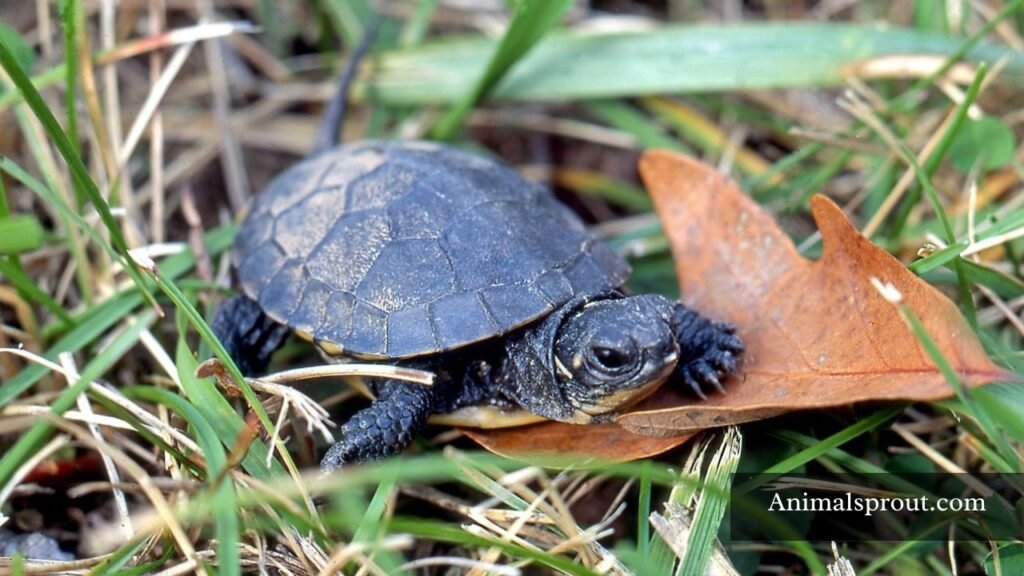
What makes their waddle particularly intriguing is the rhythmic dance between their limbs and the heavy shell. Each deliberate movement not only emphasizes their grounded nature but also reveals how they interact with their surroundings. Observing a turtle can remind us of the beauty in slowness, urging us to appreciate the world at a more measured pace.
Dachshunds
Class: Mammalia
Diet: Omnivore
Dachshunds, often affectionately dubbed “wiener dogs,” possess a unique waddle that captures hearts and evokes smiles. Their elongated bodies and short legs create a distinctive gait that almost seems to dance with charm. As they trot, their fervent curiosity propels them forward, embodying a boldness that belies their petite stature. Each step sings a tune of determination, as if they are on a critical mission to uncover hidden treasures in every nook and cranny of their surroundings.
Beyond their adorable movement, dachshunds are layered with personality. Their waddle is not merely a physical trait but a manifestation of a spirited temperament. Known for their stubbornness and intelligence, these dogs blend an endearing clumsiness with an unexpected agility when they pursue a favorite toy. This juxtaposition is part of what makes encouraging activity so vital for their health, allowing them to channel their energy while embracing their unique physique.
Polar Bear
Scientific Name: Ursus maritimus
Class: Mammalia
Diet: Carnivore
A polar bear’s waddle is a charming and endearing aspect of its character, driven by the unique adaptations necessary for survival in the Arctic ecosystem. With their massive paws designed for swimming and walking on ice, these apex predators exhibit a distinctive gait that reflects both their strength and vulnerability. Each step is a careful negotiation of the often slick, icy surfaces where slipping could mean disaster during a hunt or while navigating their frigid territory.
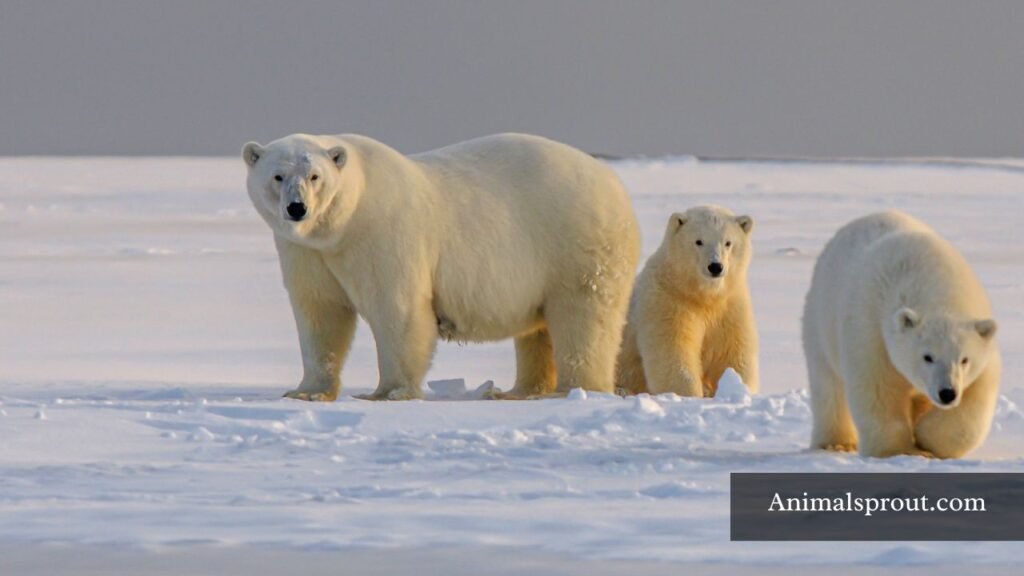
What many might not realize is that this waddling style comes with evolutionary advantages. It allows polar bears to conserve energy while traversing vast expanses of snow and ice, optimizing their movements for efficient foraging. Moreover, their waddling gait minimizes the impact on the delicate tundra, a crucial consideration in a habitat where every footstep can alter the fragile ecosystem. The polar bear’s lumbering waddle may seem clumsy at first glance, but it embodies a masterclass in adaptation, beautifully illustrating the balance of power and grace in nature’s design.
Penguins
Class: Aves
Diet: Carnivore
There’s something irresistibly charming about the way penguins waddle across icy landscapes, each step a perfect blend of clumsiness and pride. This iconic gait is not just for show; it’s a practical adaptation that helps these birds maintain balance on their slippery, frozen habitats. Every waddle seems to tell a story of resilience and adaptation, highlighting their unique evolutionary journey from ancient sea-dwellers to the charming kings and queens of the Antarctic.
But beyond their adorable waddle lies a rich tapestry of social behavior. Penguins are remarkably communal; species like the Emperor and Adelie create tight-knit colonies where they huddle together for warmth and protection. They communicate through a series of vocalizations that help distinguish individuals, revealing just how complex their social interactions truly are. The waddle, then, becomes a symbol of teamwork and unity, as each penguin plays a vital role in the survival of its colony, reminding us that even the smallest movements can have a powerful impact within a community.
English Bulldogs
Class: Mammalia
Diet: Omnivore
English Bulldogs embody the art of waddling in a way that is both charming and amusing. Their stout, muscular frames and characteristic loose skin create a delightful spectacle as they move. Watching them waddle is like observing a slow-motion dance, where each step is a testament to their unique physicality. This gait, often reminiscent of a toddler’s unsteady walk, invites smiles and laughter from anyone lucky enough to witness it.
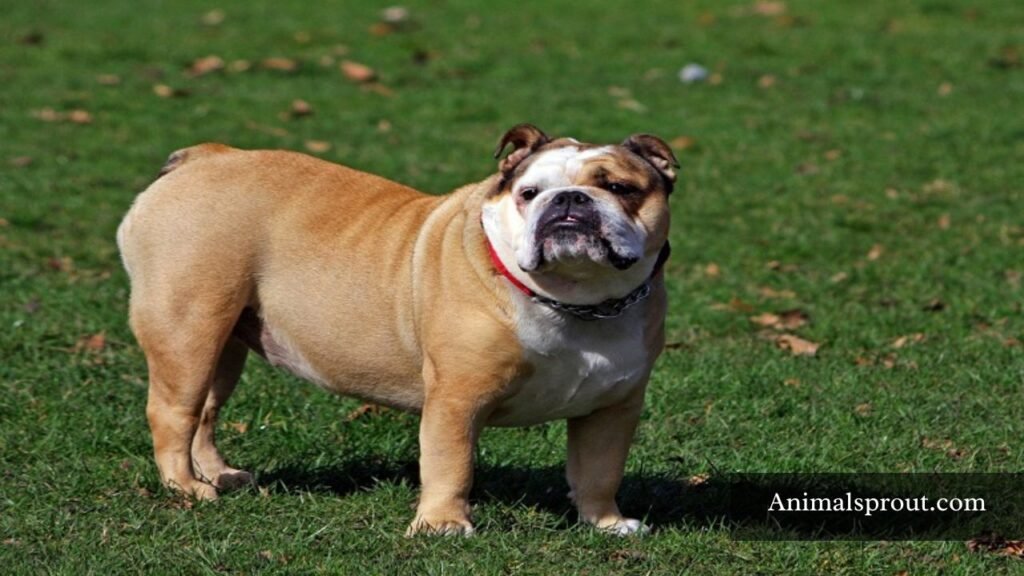
Beyond their adorable waddling, English Bulldogs carry a rich history that adds depth to their lovable charm. Originally bred for bull-baiting, these dogs have transformed over time into gentle companions, known for their loyalty and affectionate nature. Their distinct movement serves as a reminder of their strength and endurance, yet it contrasts sharply with their laid-back demeanor. Despite their robust appearance, they prefer lounging around with their human friends, making them perfect cuddle partners.
Their waddling isn’t just a quirk; it reflects a breed that prioritizes comfort over speed. With their stocky bodies and broad shoulders, English Bulldogs are built for stability rather than agility. This inherent design contributes to their endearing persona, capturing hearts and redefining the conventional idea of what a “fit” dog should be. In a world that often values speed and athleticism, these waddling wonders remind us that there is beauty in the gentler pace of life.
Swans
Scientific Name: Cygnus olor
Class: Aves
Diet: Herbivore
Swans are often perceived as graceful and majestic beings gliding across tranquil lakes, yet their waddle on land offers a delightful contrast to their elegant swimming. With their long necks and plush feathers, swans appear almost out of place when they venture onto solid ground. The heavier bodies, coupled with their webbed feet, create a charmingly awkward gait that can leave onlookers amused. It’s a reminder that beauty isn’t only defined by poise; sometimes, it’s the quirks that endear them to us.
Furthermore, swans exhibit fascinating social behaviors while waddling about. They often engage in a synchronized dance, raising their necks and bobbing in unison, which is an enchanting sight that reinforces their strong family bonds. This captivating display goes beyond mere aesthetics; it serves as a crucial part of their communication with one another.
Chicken
Scientific Name: Gallus gallus domesticus
Class: Aves
Diet: Omnivore
Chickens, with their charmingly awkward waddle, seem to embody the delightful quirks of farm life. Their gait is a mix of bobbing heads and plump bodies that often bring a smile to anyone who observes them. This unique movement isn’t just an endearing trait; it reflects a fascinating adaptation to their environment. As ground foragers, their waddle allows them to search for seeds and insects while maintaining balance and stability.
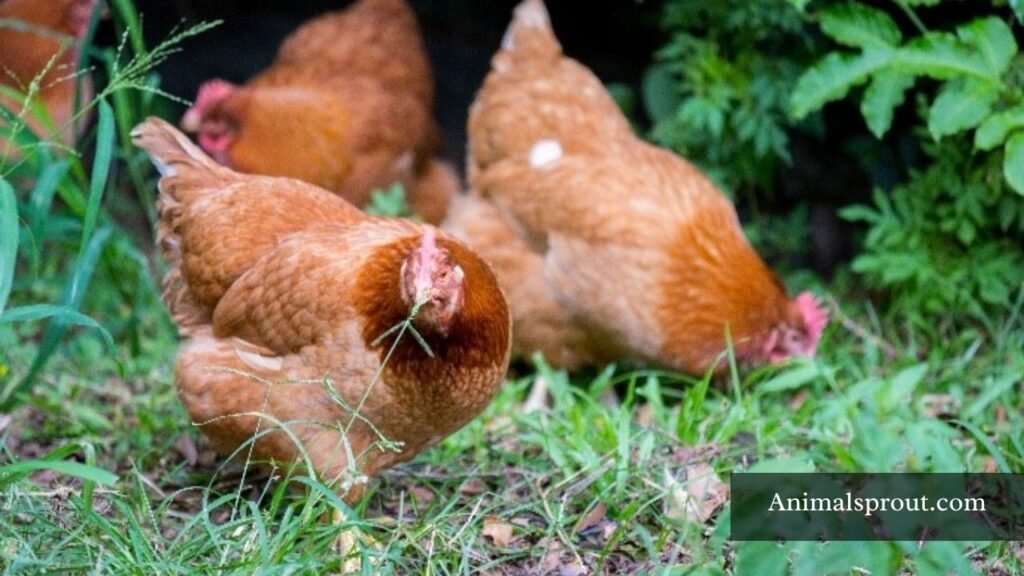
Interestingly, chickens are highly social animals, and their waddling is a communicative dance in their pecking order. With each energetic step, they convey signals about their dominance and well-being. They may waddle together in groups, creating a mosaic of feathers and sounds, as they engage in daily rituals of dust-bathing and foraging. Watching these social interactions sheds light on a complex world that thrives beneath the surface of their humble exterior.
Their behavior isn’t just amusing; it also serves important ecological roles. Chickens help aerate the soil while searching for food, turning the earth in their wake. This simple act contributes to a healthier garden ecosystem. Observing their waddling not only highlights their charm but also reveals their place in the intricate tapestry of nature.
Pomeranians
Class: Mammalia
Diet: Omnivore
Pomeranians, with their fluffy coats and lively personalities, have an innate charm that captivates pet lovers. What truly sets them apart, however, is their delightful waddle. This endearing gait, often characterized by a slight bounce and a sway of their plumed tails, is not just a quirk; it’s a playful reflection of their spirited nature. While this waddle might evoke thoughts of joyful puppies frolicking in the park, it also serves a practical purpose: these little furballs have a structure that optimizes their stability during playful bursts of energy.
Moreover, the Pomeranian’s waddle is an expression of character. Each dog showcases its own unique flair, whether it’s a confident strut or a more timid prance. Observing them in motion reveals their exploratory tendencies, as they curiously investigate surroundings with a determined yet playful approach. This movement not only invites laughter but also encourages bonding moments between owners and their spirited companions. After all, every waddle tells a story, filled with curiosity and an unquenchable zest for life.
Seals
Scientific Name: Phoca vitulina
Class: Mammalia
Diet: Carnivore
Seals, often spotted lounging on rocky shores or gliding gracefully through the water, possess a unique form of locomotion that can be quite endearing. Their waddling on land, driven by their flippers and round bodies, paints a playful picture, as they seem to embody the spirit of sheer joy and effort. This movement, while not as fluid as their aquatic prowess, showcases their adaptability to different environments, revealing a fascinating duality in their lifestyle.
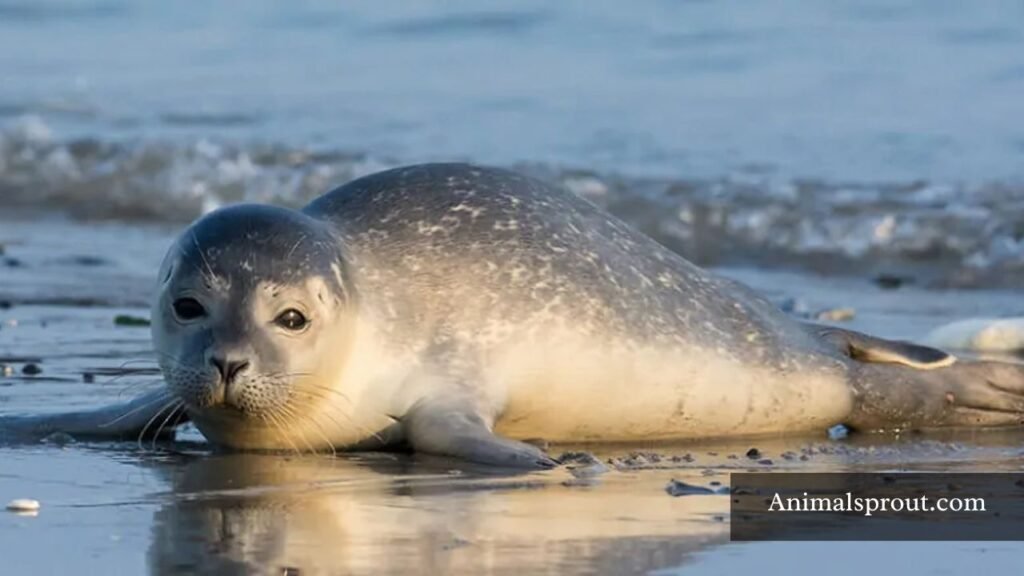
Interestingly, seals are not just clumsy land-dwellers; their waddling is an adaptive trait that allows them to conserve energy when hauling themselves onto the ice or beaches. These moments above water are crucial — not merely for rest, but for social interaction, breeding, and basking in sunlight to regulate their body temperatures. Observing a seal’s waddle provokes a deeper appreciation for the evolutionary paths that diverged between their marine agility and terrestrial challenges, reminding us how nature finds a balance between grace and practicality.
Furthermore, the charm of a waddling seal can spark conversations about conservation. As we witness these jovial creatures, it’s essential to recognize the environmental threats they face from climate change and habitat loss. Watching them shuffle around serves as a poignant reminder of the interconnectedness of all life, urging us to protect their habitats so future generations can continue to marvel at their playful nature.
Pembroke Welsh Corgis
Class: Mammalia
Diet: Omnivore
Among the animals that waddle, Pembroke Welsh Corgis stand out not just for their unique gait but for their charming personalities. Despite their short legs and long bodies, these dogs exude a spunky confidence that belies their somewhat comical movement. Their waddling isn’t merely a function of anatomy; it reflects their spirited nature and devoted temperament. Corgis have a history as herding dogs, a background that adds to their playful energy and makes them surprisingly agile despite their stout appearance.
Beyond their waddling charm, Pembroke Welsh Corgis are social butterflies, thriving in family environments and exhibiting a deep loyalty to their humans. This breed often forms tight bonds with children, showing a nurturing side that can melt even the iciest of hearts. Furthermore, their expressive faces and joyful antics can turn a mundane day into a delightful adventure, making them the perfect companions for those seeking both charm and companionship.
Walrus
Scientific Name: Odobenus rosmarus
Class: Mammalia
Diet: Carnivore
The walrus, with its distinctive tusks and blubbery body, takes waddling to a new level of charm. These marine mammals, often dubbed the “gentle giants of the Arctic,” are fascinating not only for their size but also for their social behavior. Unlike many other sea creatures, walruses thrive in large colonies, showcasing an intricate social hierarchy that includes playful interactions and vocal communications, which can resonate like a symphony across the icy landscape.
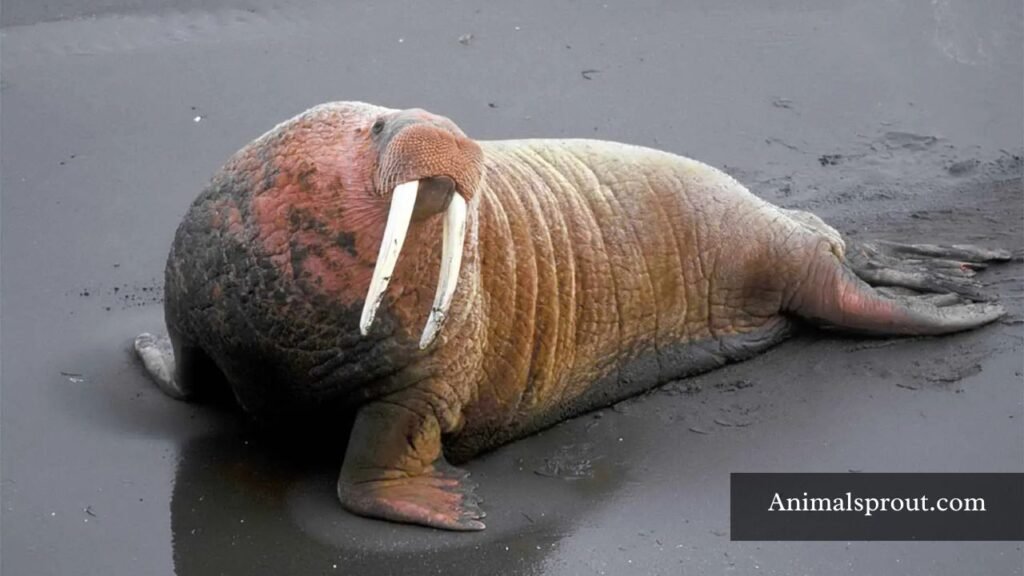
Their waddling movement, while seemingly awkward, is a testament to their evolutionary adaptations. On land, their massive bodies and flippers enable them to navigate rocky beaches with surprising ease. In water, they glide effortlessly, using their flippers to propel themselves while relying on their bulk for buoyancy. This duality of motion is a reminder of nature’s ingenuity, illustrating how creatures adapt to thrive in both terrestrial and aquatic environments.
Readmore: Explore Top 35 Animals That Live in Groups.
Final Thoughts
The delightful waddle of animals like penguins and ducks adds a playful dimension to their charm and functionality. These unique movements not only serve practical purposes, such as escaping predators or traversing different terrains, but they also captivate human curiosity and affection. The sight of a waddling creature brings smiles and emphasizes the importance of biodiversity within our environments. As stewards of the planet, it’s crucial that we protect these remarkable animals and their habitats. Join the movement to celebrate and conserve our waddling friends for generations to come!
FAQs
What animal walks with a waddle?
The animal most commonly associated with a waddle is the penguin. Their unique body structure, with a large body and short legs, makes them waddle when they walk.
Do penguins waddle or walk?
Penguins primarily waddle. Their body shape and short legs make this unique gait more efficient for them, especially on land. When they walk, their center of gravity shifts, causing that characteristic side-to-side motion. In the water, though, penguins “swim” more than they walk. They use their flippers to propel themselves and can move swiftly. So, while they waddle on land, their true agility shines underwater.
Do ducks walk or waddle?
Ducks primarily waddle when they walk. Their body structure, with a rounded shape and short legs, makes waddling the most natural way for them to move. This distinctive gait helps them maintain balance as they navigate various terrains, from water to land.
